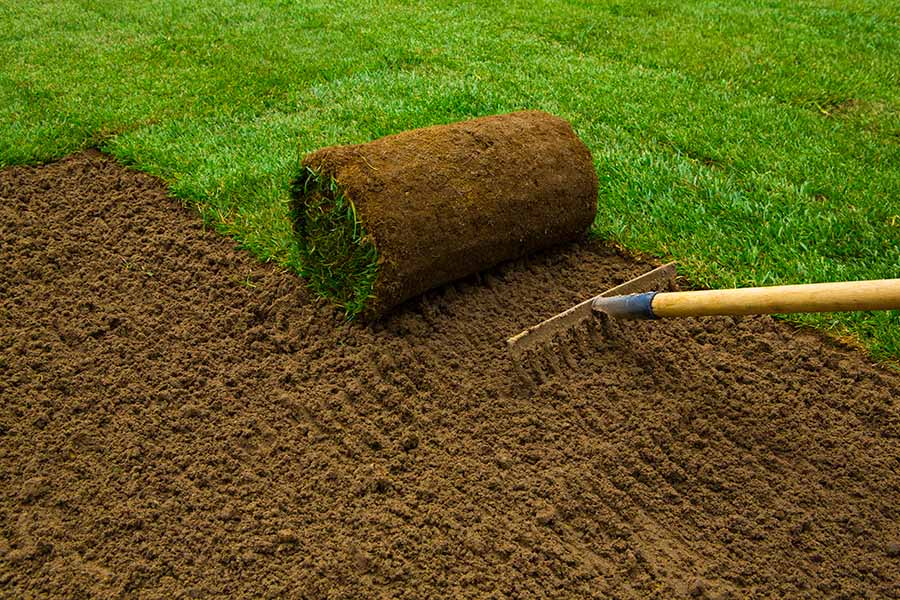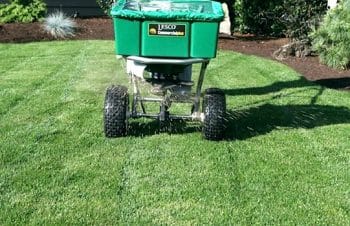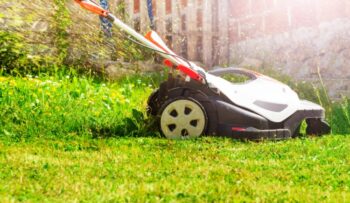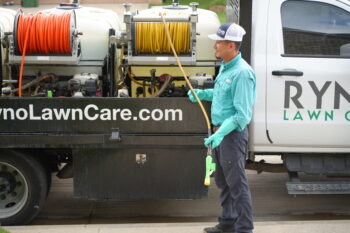Laying sod is an efficient way to achieve a lush, green lawn quickly. However, proper preparation is key to ensure successful results.
While it’s tempting to lay sod over an existing lawn, planting sod on top of uneven or unhealthy grass can lead to poor germination, root suffocation, and even patchy or dead grass.
Removing the old grass before laying sod is a crucial step that can help achieve a beautiful, healthy lawn. Here’s how to do it.
Tools You Need
To remove the grass layer thoroughly, you will need the following tools:
- Shovel or sod cutter
- Garden hose or sprinkler
- Turf rake or lawn leveler
- Landscape fabric (optional)
- Scissors or utility knife (for cutting the fabric if needed)
Steps for Removing Grass Before Laying Sod
- Mark the desired area
- Cut the old grass
- Water the area
- Use a turf rake or lawn leveler
- Install landscape fabric
- Add soil amendments
The grasses that grow best in North Texas are Bermuda, St. Augustine, and Zoysia. We can help you choose the best grass for your lawn.
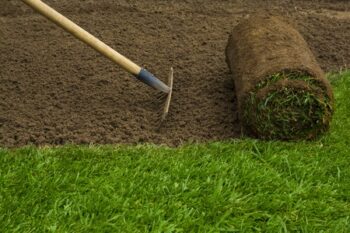
Mark the Desired Area
Decide where you want to lay the sod and mark the area clearly with stakes or spray paint. Remove any debris, rocks, or weeds from the marked area.
Cut the Old Grass
Using a shovel or a sod cutter, cut the top layer of the old grass to a depth of 2-3 inches.
Be sure to avoid cutting too deep into the soil, as this can disturb the roots of other plants in the area. Remove the cut sod and dispose of it.
Once you have your sod installed, you’ll need a reputable company to maintain your lawn. Head over to our lawn mowing service page for details.
Water the Area
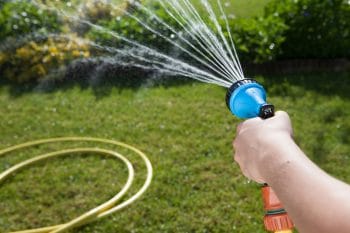
The water will help loosen and soften the remaining grass and soil. This will make it easier to remove the old grass and its roots.
Use a Turf Rake or Lawn Leveler
Using a turf rake or lawn leveler, remove the remaining grass and its roots. You may need to go over the area several times to remove any stubborn roots and debris.
Avoid using a garden tiller, as this can disturb the soil too much and make it difficult to lay the sod properly.
Install Landscape Fabric
If you want to ensure that no new grass or weeds grow through your new sod, consider installing landscape fabric. Simply lay the fabric over the area where you removed the old grass, making sure that it is cut to fit snugly around the borders of the area.
Use scissors or a utility knife to trim the fabric as needed. Home Depot has many types of landscape fabric available.
Add Soil Amendments
Before laying the sod, add a layer of soil amendments over the prepared area. This will help improve the soil quality and provide the necessary nutrients for the new grass to thrive.
Spread a layer of compost, peat moss, or other soil amendment over the area and rake it in evenly. Consider getting a soil rejuvenation service to make sure your soil is healthy and balanced.
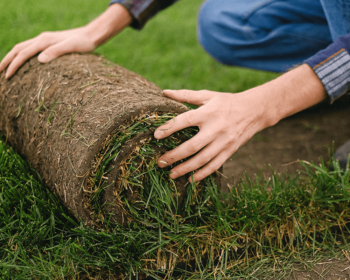
Tips for Laying Sod
Let us do the hard work for you. Check out our sod installation service page.
Installing new sod can be an excellent way to achieve a healthy and vibrant lawn quickly. However, the success of the installation depends on proper preparation and care.
Here are some essential tips to help ensure that your sod installation goes smoothly: First, make sure the soil is well-watered and loose before laying the sod. This will help the roots of the sod take root more easily.
Second, stagger the seams of the sod to avoid visible lines and gaps. Next, roll the sod with a lawn roller to ensure good contact between the roots and the soil.
Finally, water your new lawn immediately after installation and every day for the first two weeks, until the roots take hold. Following these tips will help ensure a beautiful and healthy lawn after the installation of your new sod.
Texas A&M has a publication that is free to download which lists tips for choosing and installing sod.
Conclusion
Removing the old grass before laying sod is essential for a healthy and beautiful lawn. With the right tools and techniques, you will easily remove the old grass and prepare the ground for new sod.
By following these steps and properly preparing the soil, you will ensure that your new sod takes root and grows into an outstanding lawn that will thrive for years to come.

